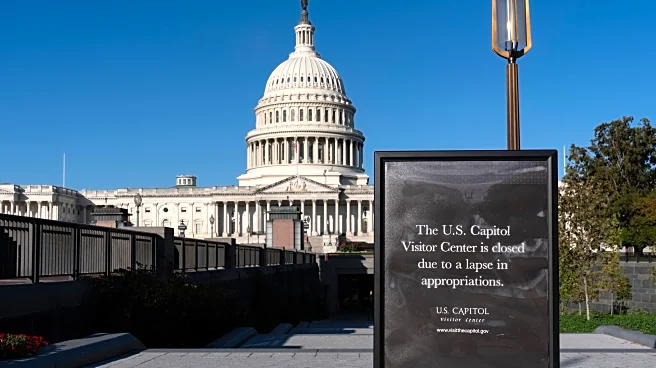What's Happening?
California's Fifth Appellate District has reaffirmed its stance on 'headless' PAGA claims, allowing plaintiffs to seek civil penalties for Labor Code violations experienced by other employees. The recent
decision in Galarsa v. Dolgen California, LLC, extends the reasoning of a previous case, CRST Expedited, by confirming that such claims are permissible under the pre-July 2024 version of PAGA. The court also ruled that employers cannot compel arbitration of the standing issue in 'headless' PAGA cases, even if the plaintiff's individual claims are subject to arbitration. This decision highlights a split in authority between different appellate districts in California.
Why It's Important?
The endorsement of 'headless' PAGA claims by the Fifth Appellate District has significant implications for employers in California. It challenges traditional arbitration strategies and may lead to increased litigation costs and complexities. Employers must now navigate a legal landscape where plaintiffs can pursue claims without being directly affected by the alleged violations. This decision could encourage more PAGA lawsuits, impacting business operations and prompting companies to reassess their compliance and arbitration agreements. The ongoing legal debate underscores the need for clarity and consistency in PAGA-related rulings.
What's Next?
The California Supreme Court is expected to address the split in authority through upcoming decisions in related cases, which may provide definitive guidance on the permissibility of 'headless' PAGA claims. Employers should prepare for potential changes in legal interpretations and consider revising their arbitration agreements and compliance strategies. Legal experts and industry stakeholders will closely monitor these developments, as they could reshape the landscape of PAGA litigation in California.
Beyond the Headlines
The decision raises broader questions about the balance between employee rights and employer obligations under PAGA. It highlights the evolving nature of labor law and the challenges in interpreting statutory language. The case also reflects the tension between judicial interpretations and legislative intent, emphasizing the need for clear legislative amendments to address ambiguities in the law.












